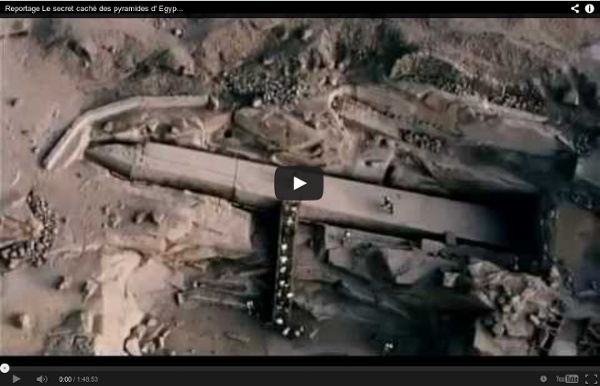



Une contre-histoire de l'Internet Internet a été créé par des hippies tout en étant financé par des militaires ! Cet improbable choc des cultures a donné naissance à un espace de libertés impossible à censurer ou à contrôler. C’est pourtant ce que cherchent à faire, depuis des années, un certain nombre de responsables politiques, poussant hackers et défenseurs des libertés à entrer dans l’arène politique. Réseau sous surveillance Richard Stallman, l'inventeur des logiciels libres, Rick Falvinge, créateur du Parti pirate suédois (le premier du genre au monde), ou Julian Assange, fondateur de WikiLeaks reclus dans l'ambassade d'Équateur à Londres : au fil des entretiens avec ces militants de la liberté 2.0, les auteurs du documentaire dénoncent avec humour et vigueur les tentatives de régulation d'Internet par les gouvernements et les multinationales, et dévoilent le rapport souvent conflictuel qui persiste entre les acteurs de la culture web et les pouvoirs publics.
Scop Le Pavé La Pyramide est un authentique ordinateur de pierre 1) Ø Les paramètres de la Grande Pyramide nous révèlent les dimensions du Soleil – de la Terre – de la Lune – des planètes – du cycle précessionnel d’Orion, le tout avec une extrême précision. Ø Les constructeurs étaient censés ignorer le système métrique, ils ont cependant élaboré une forme pyramidale d’exactement 3 600 mètres de structure, preuves à l’appui, conformément aux instructions reçues en la Genèse des Anunnaki sumériens attachés au système sexagésimal, dont Oannès était le mentor inspiré. Ø Chaque pièce – chaque pente – chaque couloir – chaque conduit – chaque hauteur – chaque largeur justifient les millimètres, les dixièmes de millimètres, les microns théoriques composant leurs distances. Ø La hauteur de l’édifice recèle une chronologie véritablement prophétique, dont la base est « une clé numérale » issue de la racine de Ö2, elle permet de convertir mètre et coudée en années vécues ou à vivre. Voir site: exemples : Jbis
Coluche : Une mort sans réponse - Documentaire complet Giza 3D - Dassault Systèmes 3841 tombs and monuments listed. Thanks to 10 years of collected research, Dassault Systèmes was able to reconstruct the Giza Necropolis as accurately as possible. Que C'Est Il Vraiment Passé Le 11 Septembre Pierre Carles - Site Officiel